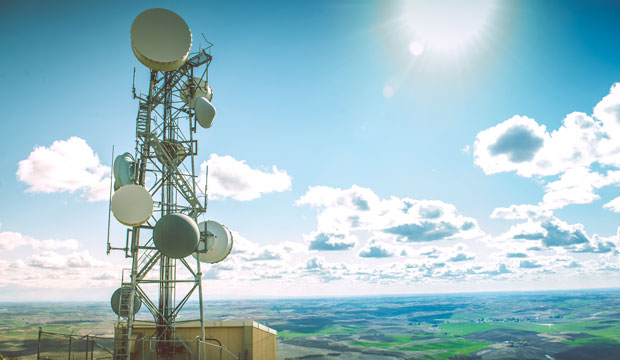T-Mobile last week announced that it has begun the long-anticipated rollout of its new 600-MHz LTE premium low-band spectrum network in Cheyenne, Wyoming, kicking off a massive rollout designed to provide wireless coverage to rural communities across the United States.
T-Mobile also plans to use the low-band spectrum to accelerate deployment of next-generation 5G mobile service.
T-Mobile acquired about 45 percent of the low-band spectrum licenses the Federal Communications Commission made available two months ago. It spent about US$8 billion to gain access to millions of potential wireless customers in small communities where access to wireless and broadband coverage has been limited due to low-density populations and high buildout costs.
T-Mobile aims to meet a record-setting deployment schedule, it said, condensing a two-year deployment process to make the network available to consumers in only six months.
“T-Mobile has seen rapid growth in recent years,” observed Jeff Kagan, an independent telecom analyst.
The one area where it has not grown is the rural U.S., he told the E-Commerce Times.
Major Expansion
T-Mobile has set an ambitious schedule for deploying low-band spectrum around the country, with new service planned for Northwest Oregon, West Texas, Southwest Kansas, the Oklahoma panhandle, Western North Dakota, Maine, coastal North Carolina, central Pennsylvania, central Virginia and eastern Washington.
The deployment will bring T-Mobile’s total LTE coverage from 315 million to 321 million customers nationwide by the end of 2017, according to the company.
T-Mobile earlier this year said it was working with PBS and America’s Public Television Stations to cover the cost of relocating low-power broadcast facilities to new broadcasting frequencies following the FCC auction. Up to 38 million rural viewers are at risk of losing access to free public television with the change to new frequencies.
Tech Advancements
Nokia and Qualcomm have developed new technology to facilitate the wireless deployment, T-Mobile noted, and Samsung and LG plan to have new mobile devices ready to operate on the spectrum by the end of the year. Nokia’s Flexi MultiRadio 10 Base Station will be used in the buildout.
Qualcomm’s X20 LTE modem and RF transceiver were designed with 600-MHz capability, Jim Tran, senior vice president of product management, noted in an online post this spring.
Qualcomm had been working with the FCC on the design, he said.
However, OEMs would face antenna design challenges, Tran pointed out, because the range of frequencies supported by mobile devices would be stretched at the low end of the radio spectrum.
Qualcomm’s RF Front End technologies, including dynamic antenna tuning, were designed to operate in the 600-MHz spectrum without having to increase antenna size or compromise RF performance.
Both Qualcomm’s Snapdragon X16 LTE modem, which is part of its 835 mobile platform, and its WTR5975 RF transceiver will support 600 MHz, according to Tran.
The T-Mobile deployment will help spur new competition in Wyoming, where smaller, local providers compete against major telecoms like Verizon and AT&T, said Bryan Woody, chief customer relations officer at Union Wireless, a Wyoming-based carrier.
“Finally a Tier 1 carrier is trying to push the envelope,” he told the E-Commerce Times.
Late to the Party?
However, the impact on Wyoming will be limited, at best, in the view of Matt Larsen, CEO of VistaBeam, a Nebraska-based wireless firm.
“It may help drive down the price of cellular service somewhat, but the areas that they will be going to first are the ones that already have pretty decent coverage from existing providers, and there is nothing particularly innovative or interesting about 600-Mhz spectrum that will make people want to switch,” he told the E-Commerce Times.
“Frankly, T-Mobile is a little late to the party,” said Verizon Wireless spokesperson Meagan Dorsch.
“While they’re catching up, we’re planning for tomorrow’s customer needs. We currently have the largest 5G test bed in the world in 11 cities where precommercial trials are going on with live customers,” she told the E-Commerce Times.
“Low-band spectrum such as T-Mobile is now deploying is what we started deploying years ago,” Dorsch said, “and what our customers are using now. Our 4G LTE network, using 700 MHz spectrum, is the largest in the country. T-Mobile’s smaller network has roughly 750,000 fewer square miles of coverage.”























































Social Media
See all Social Media